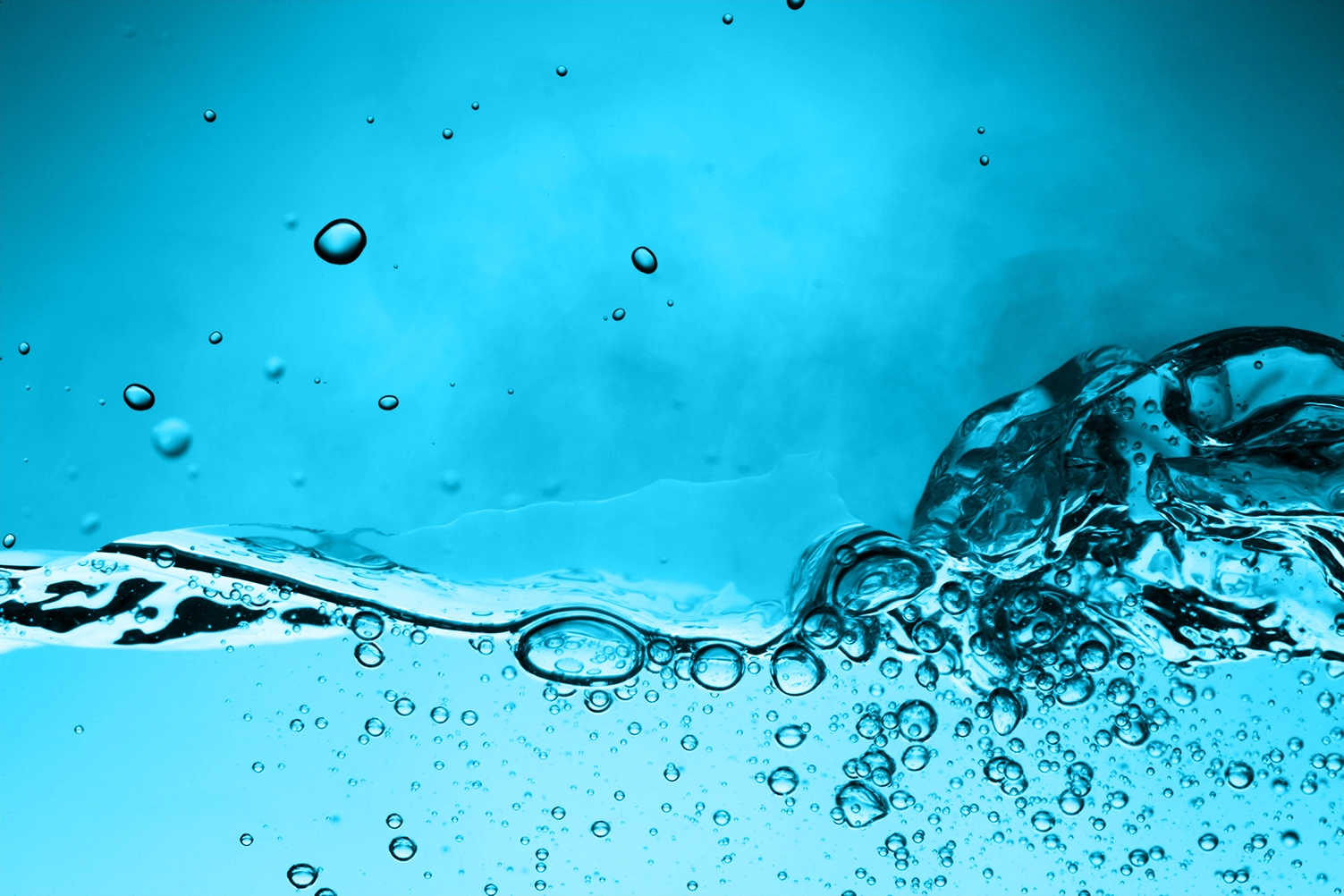NYCODIEL® 1244
Particularly recommended for use in environmentally sensitive applications or where a high level of fire safety is required, NYCODIEL® 1244 combines improved heat resistance, fire safety, and low temperature capability. Its excellent environmental profile makes it an ideal the replacement to mineral and silicone oils.
- 01 Meets IEC 61099 requirements
- 02 Excellent oxidation stability (IEC 61125 method C)
- 03 Meets IEC 61039 K3 fire safety class requirements
- 04 Biodegradability 83% (OECD 301B)
- 05 Not hazardous for the environment
- 06 Outstanding temperature ranges from -45°C to 140°C
More information
With extra low pour point and low viscosity at low temperature, NYCODIEL® 1244 might be used at temperatures as low as -30°C.
With high saturation limits, NYCODIEL® 1244 can absorb large quantities of moisture without impacting breakdown voltage. It enables slower ageing of transformers, extension of cellulose insulation life, reduction of bubble evolution during overloads and of condensation during cool down.
NYCODIEL® 1244 are fully compatible and miscible in all proportions with mineral oil, natural ester oils and other synthetic esters meeting the same specification but are not miscible with silicone oils. fluid is mineral oil, NYCO recommends that remaining content is less than 2%, to ensure keeping fire resistance properties (class K3).
As readily biodegradable products with non-hazardous classification, NYCODIEL® 1244 has lower impact on the environment in case of leakage. Containment measures can be adapted accordingly. It meets European Ecolabel and Federal environment agency of Germany (UmweltBundes Amt.) requirements.
With extra low pour point and low viscosity at low temperature, NYCODIEL® 1244 can be used in cold climates and over a wide range of temperature (from -45°C to +140°C).
With high saturation limits, NYCODIEL® 1244 can absorb large quantities of moisture without impacting breakdown voltage. It enables slower ageing of transformers, extension of cellulose insulation life, reduction of bubble evolution during overloads and of condensation during cool down.
- Due to their structures, synthetic esters absorb water (water is not free but “inactive” since it links to ester molecules by hydrogen bonds and Van der Walls links). Synthetic esters can absorb a high level of water without loss of dielectric breakdown voltage.
- Allows for partial drying of insulating paper, leading to improvement of transformer lifetime without loss of power (very useful in retrofilling operation).
Retro-filling is a possible solution to extend transformer lifetime. Owing to its ability to entrap water molecules, NYCODIEL® 1244 will even remove residual humidity from the insulating paper. NYCODIEL® 1244 are fully compatible and miscible in all proportion with mineral oil, natural ester oils and other synthetic esters meeting the same specification but are not miscible with silicone oils. NYCODIEL® 1244 is a K Class fluid, exhibiting Fire Points above 300°C. In case of retro-filling, if the ‘former’ fluid is mineral oil, then a high percentage of residual mineral oil may impact the properties of the ‘new’ fluid, such as lowering of the Flash / Fire Points and the breakdown voltage. If former fluid is mineral oil, NYCO recommends that remaining content is less than 2%, to ensure keeping fire resistance properties (class K3).
| Properties | Unit | Typical result | IEC 61099 | Test method |
|---|---|---|---|---|
| Appearance | Limpid | Limpid | Visual examination | |
| Colour Alpha | 60 | max 200 | ISO 22111 | |
| Density at 20°C | kg/dm3 | 0.98 | max 1 | ISO 12185 |
| Kinematic viscosity at 100°C 40°C -20°C -30°C -40°C |
mm2/s | 4.6 21.6 650 |
- max 35 max 3000 - - |
ISO 3104 |
| Pour Point | °C | -45 | max -45 | ISO 3016 |
| Flash Point PM | °C | 255 | min 250 | ISO 2719 |
| Flash Point COC | °C | 263 | ISO 2592 | |
| Fire Point | °C | 304 | min 300 | ISO 2592 |
| Inferior Heating Power | MJ/kg | 30.6 | ASTM D240 | |
| Water Content | mg/kg | 32 | max 200 | IEC 60814 |
| Acid Value | mg KOH/g | 0.01 | max 0.03 | IEC 2021-2 |
| Oxidation Stability Total Acid Total Deposit |
mg KOH/g % |
0.08 0.007 |
max 0.3 max 0.01 |
IEC 61125 method C |
| Breaking Voltage | kV | 70 | min 45 | IEC 60156 |
| Dielectric Dissipation Factor 90°C and 50Hz | 0.01 | max 0.03 | IEC 60247 | |
| DC resistivity at 90°C | GΩ.m | 7.5 | min 2 | IEC 60247 |
| Crystallisation | Pass | Pass | IEC 61099 (Annex A) | |
| Renewable Carbon Content | % | 62 | ||
| Biodegradability, 28 days | % | 83 | OECD 301B |
